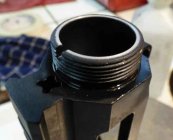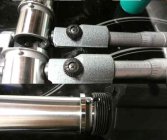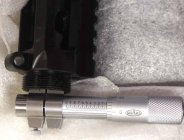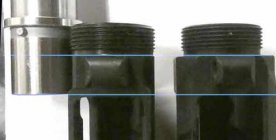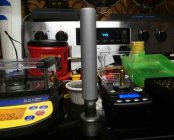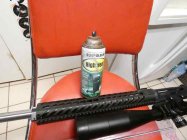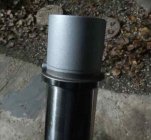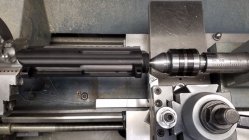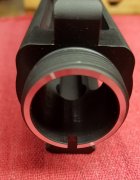While I do believe that that the receiver face should be square as fundamental part of the design, I also think the receiver inlet for the barrel should also be the same size on all receivers. I find that from receiver to receiver, this dimension varies quite a bit (probably to a larger degree than the face out of square). if the tool has a pilot with a loose fit its going to be hard to lap something square by hand and can potentially give a false sense of of accomplishment.
It's hard to measure before starting and most estimate a measure based on lapping results - the look of the material that it took off of one side of the receiver rather than another measurement. I'm not saying it can't have positive outcomes or value, but just not for me.... I did try it twice but no real impact.
I did find that loctite on the extension gave better results for me when the fit was fairly sloppy.
I think the best bet for AR-15 accuracy is starting with a quality barrel .... so many AR's have been built with inexpensive mass produced barrels that are not built with accuracy in mind. I also think that barrel torque ranges can have an affect on the accuracy.
It's hard to measure before starting and most estimate a measure based on lapping results - the look of the material that it took off of one side of the receiver rather than another measurement. I'm not saying it can't have positive outcomes or value, but just not for me.... I did try it twice but no real impact.
I did find that loctite on the extension gave better results for me when the fit was fairly sloppy.
I think the best bet for AR-15 accuracy is starting with a quality barrel .... so many AR's have been built with inexpensive mass produced barrels that are not built with accuracy in mind. I also think that barrel torque ranges can have an affect on the accuracy.










